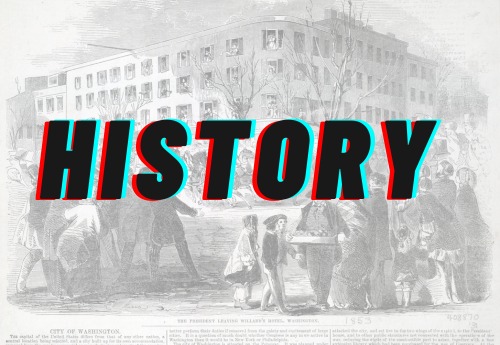Class VI Social Science (History) Chapter 2: From Hunting–Gathering to Growing Food Notes by Artham Resource
Artham Resources presents detailed notes for Class VI Social Science History Chapter 2, focusing on the transition from hunting-gathering societies to agriculture.
- Theme: The chapter explores the evolution of human societies from nomadic lifestyles to settled agricultural communities, highlighting the impact of this transition on social structures.
- Historical Context: Discusses the lifestyle of early humans, emphasizing their dependence on hunting and gathering for survival, and the gradual shift to food production.
- Key Developments: Identifies significant developments in agriculture, such as the domestication of plants and animals, and the role of climate change in facilitating this transition.
- Societal Changes: Examines how the shift to agriculture led to permanent settlements, population growth, and the establishment of trade networks, transforming social dynamics.
- Impact on Culture: Highlights the cultural implications of agriculture, including changes in daily life, community organization, and the beginnings of technology and tool-making.
- Learning Objective: Students will understand the significance of agriculture in shaping human civilization and recognize the factors that influenced this crucial transition.
- Discussion Points: Encourages students to reflect on how agriculture has influenced their lives and the environment today.
These notes by Artham Resources serve as an essential tool for Class VI students to enhance their understanding of early human societies while fostering critical thinking about historical changes.







Reviews
There are no reviews yet.